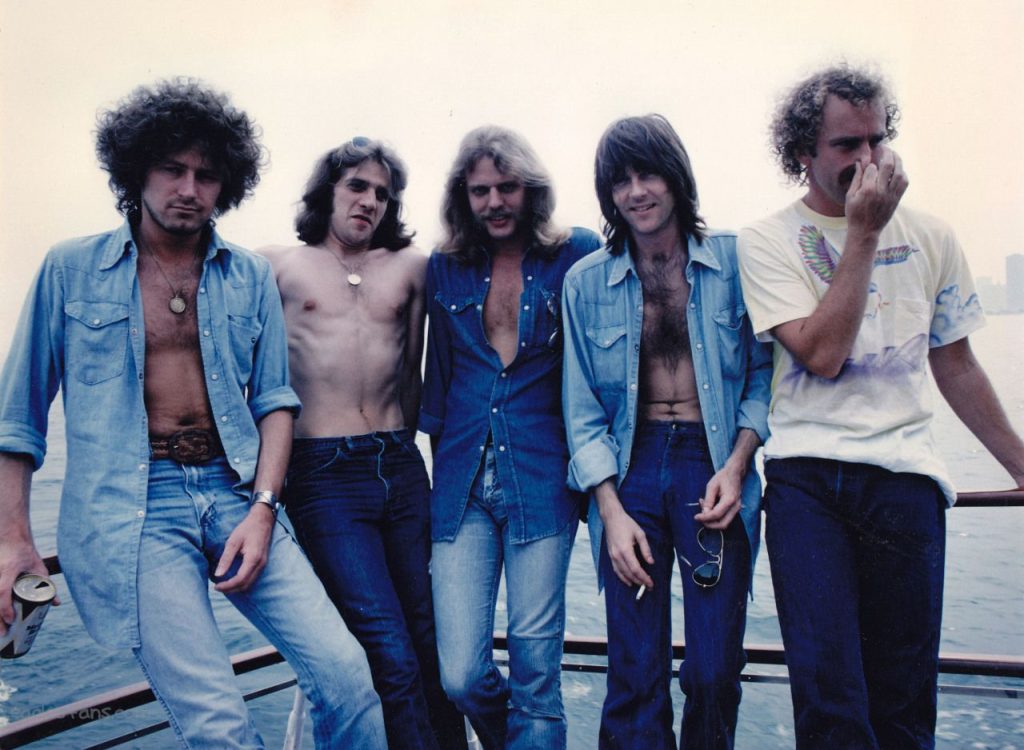
The Timeless Tale of Deception and Heartache
In the tapestry of classic rock music, few songs weave as intricate and relatable a story as “Lyin’ Eyes” by the legendary Eagles. Released in 1975 as part of their album One of These Nights, this track quickly soared to success, securing its place at number two on the Billboard Hot 100 chart. Its enduring appeal lies not only in its melodic charm but also in its poignant narrative that resonates with listeners, particularly those who have lived through love’s many trials and tribulations.
At the heart of “Lyin’ Eyes” is a tale as old as time—a story of love, betrayal, and the inevitable longing for something more. Written by Don Henley and Glenn Frey, two founding members of the Eagles, the song paints a vivid picture of a woman trapped in a loveless marriage, seeking solace in the arms of another. Through its carefully crafted lyrics, we are transported into her world, feeling her desperation and yearning for freedom. The narrative unfolds with a cinematic quality that captures the essence of human emotion, making it easy for listeners to empathize with her plight.
The song’s inception is rooted in an experience shared by Frey and Henley during their time in Los Angeles. They observed a young woman at their favorite bar who seemed out of place yet determined to hide her true feelings behind a facade. This encounter sparked the inspiration for “Lyin’ Eyes”, leading to a composition that would become one of their most beloved tracks. The song’s ability to convey such depth through storytelling is a testament to the songwriting prowess of the Eagles, whose music often transcends mere entertainment to offer reflections on life’s complexities.
Musically, “Lyin’ Eyes” is a masterclass in blending rock with country influences, characterized by its soothing harmonies and gentle guitar work. The band’s signature sound shines through, providing a backdrop that perfectly complements the lyrical narrative. Each verse unfurls like chapters in a novel, with the chorus serving as a haunting reminder of truth’s inevitable emergence despite attempts to conceal it.
For many listeners, particularly those who have experienced similar struggles in their own lives, “Lyin’ Eyes” strikes a chord that echoes long after the final note fades. It speaks to the universal human experience—the desire for authenticity, the pain of deception, and the bittersweet nature of nostalgia. As we listen to this song today, it serves not only as an artistic masterpiece but also as a vessel for our own memories and emotions.
The legacy of “Lyin’ Eyes” endures because it taps into these timeless themes with grace and insight. It invites us to reflect on our own experiences, to recall moments when we may have worn our own “lying eyes,” or been deceived by others. It is this capacity for introspection that makes the song resonate so deeply with older audiences who have traversed similar emotional landscapes.
In revisiting “Lyin’ Eyes”, we are reminded not just of its place in musical history but also of its ability to connect us all through shared stories and feelings. It stands as a testament to the power of music to capture life’s truths—truths that remain relevant across generations.